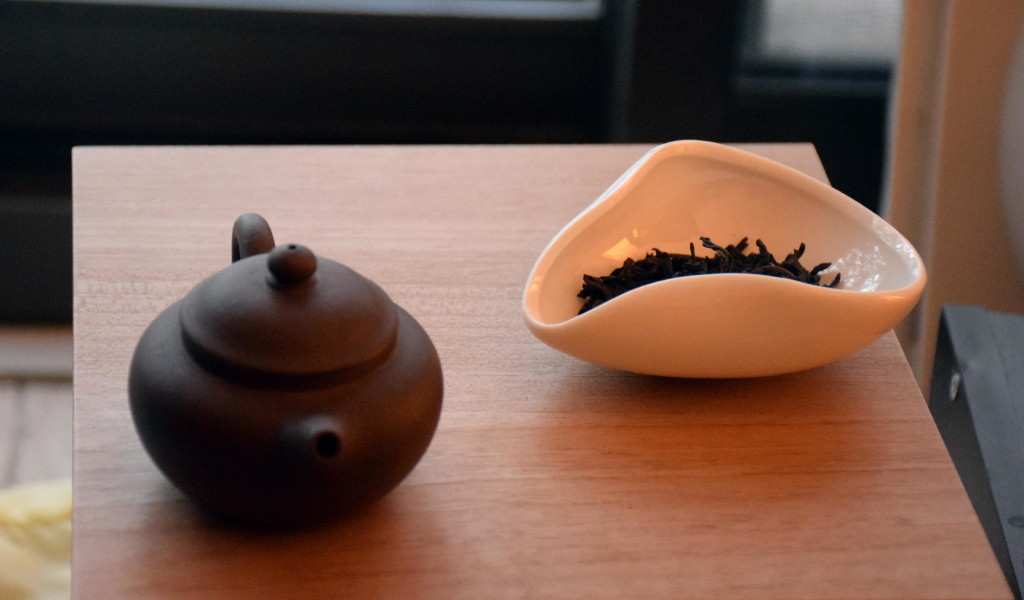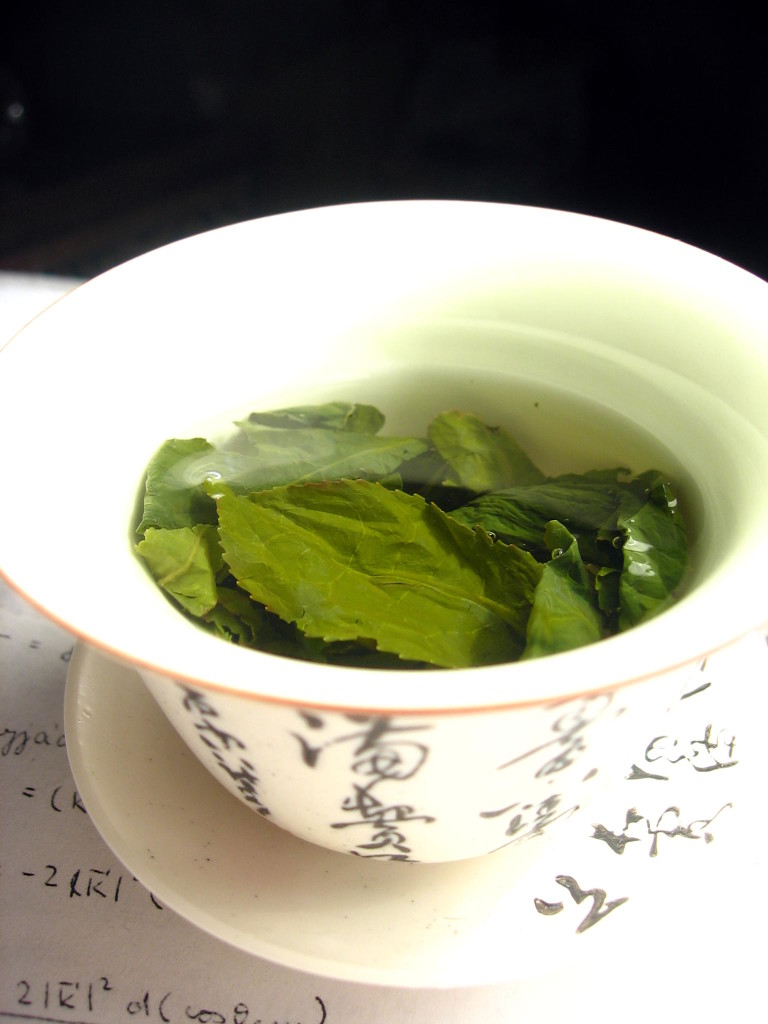Why Chinese Tea?
Most Americans are not exposed to Chinese tea. Many have images of brewing teabags inside coffee cups or drinking bitter black tea with a large delicate teapot and heaps of sugar and milk. If they’re more knowledgeable about tea, they might think to steep loose-leaf tea (brewed in a brew-basket or ball). But these people are missing out on a huge world that revolves around on putting a specific tea plant, Camellia sinensis, inside hot water. But who am I to criticize: the tea bag is an American invention, and America’s ideas of tea is drawn those of the British (which itself was built on tea imported from China) dating back to the colonial period. China’s tea culture, on the other hand, is thousands of years old. It’s safe to say that they know what goes into a good cup of tea.
Benefits of Chinese Tea
Simply put, good Chinese tea tastes better than the tea most people are accustomed to. The reason why sugar and milk can make common black tea taste better is because it reduces the bitterness (tannins). This bitterness is more pronounced than in Chinese tea because most tea that Americans consume is actually the “dust” (small particles leftover in the large-scale production of tea) that fits into tea bags, while quality Chinese tea consists of larger leaves (up to 2 inches long) that can expand when brewed without constricting their volume. Also, high-grade tea has a complex flavor comparable to wine: terroir, mouthfeel, and aftertaste all come into play, and even though it’s genetically the same plant, the variations in producing the tea can make a huge difference in taste. The image below is of the Wuyi Mountains in Fujian, where the tea grown in the mineral-rich soil inherits rich flavors from the environment.

Photo courtesy of Hamish Symington on Wikimedia
Health benefits of tea are frequently discussed by many, but most are unaware of the hidden advantages of Chinese tea. Quality tea doesn’t need any sugar to taste good—in fact, you shouldn’t drink it with sugar. Although sometimes caffeinated, Tea also contains l-theanine, which counteracts the jittery effects of caffeine, causing you to become more focused and relaxed. Chinese tea is usually brewed using a large amount of leaf (5-6 grams) and a small amount of water (100 mL). It is then brewed up to ten times for some aged pu’erhs, so the caffeine is distributed throughout the steepings. The ability for the same leaves to be brewed multiple times actually makes even the most premium teas more cost-efficient than drinking a cup of coffee. Very high quality tea costs around $0.50 per gram, so you would effectively be paying $3 for ten 100 mL steepings of the best tea, compared to $3 for a plain cup of coffee. Lastly, many could argue that the act of brewing the tea yourself, changing the water temperature, the steep times, and the amount of tea you use is meditative.
Getting Started

Photo by Suki Smith
Many people spend their whole lives studying tea—its growth, cultivation, and production. Handcrafting teapots with the right clay in the perfect proportions is a lifelong endeavor. But anyone can get into tea—you only need hot water, tea leaves, and a vessel to brew the leaves. Some differences between Western style brewing and that of the Chinese include allowing for the expansion of leaves, the ratio of leaves to water, and removal of the leaves from the water from each steeping. The simplest way to brew is putting the leaves into a brew basket inside a standard mug. Use around five grams of tea and pour boiled water until the water covers the leaves. Wait for 30 seconds and then remove the brew basket. For each subsequent steeping, add 15 seconds to the time since the later steepings will be weaker. Steeping tea using a brew basket is the easiest way for people new to Chinese tea to experience the different style of brewing; cleanup is as easy as putting the brew basket in the washing machine.

Photo courtesy of Wikimol on Wikimedia
Verdant Tea, a company based in Minnesota, is offering a starter pack for new tea drinkers which includes five 5g samples of green tea, tieguanyin (a type of oolong), Da Hong Pao (a darker oolong), black tea, and sheng pu’erh, only for $5. It also comes with a $5 coupon for future orders. Verdant Tea also has great articles about the wonders of tea. Check out their site here.


